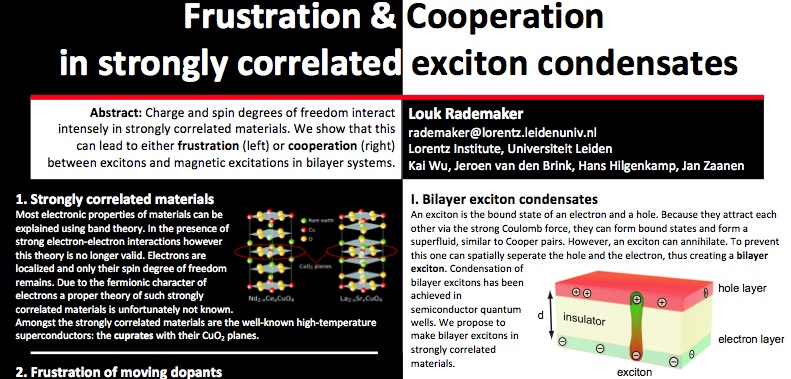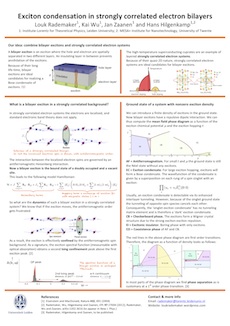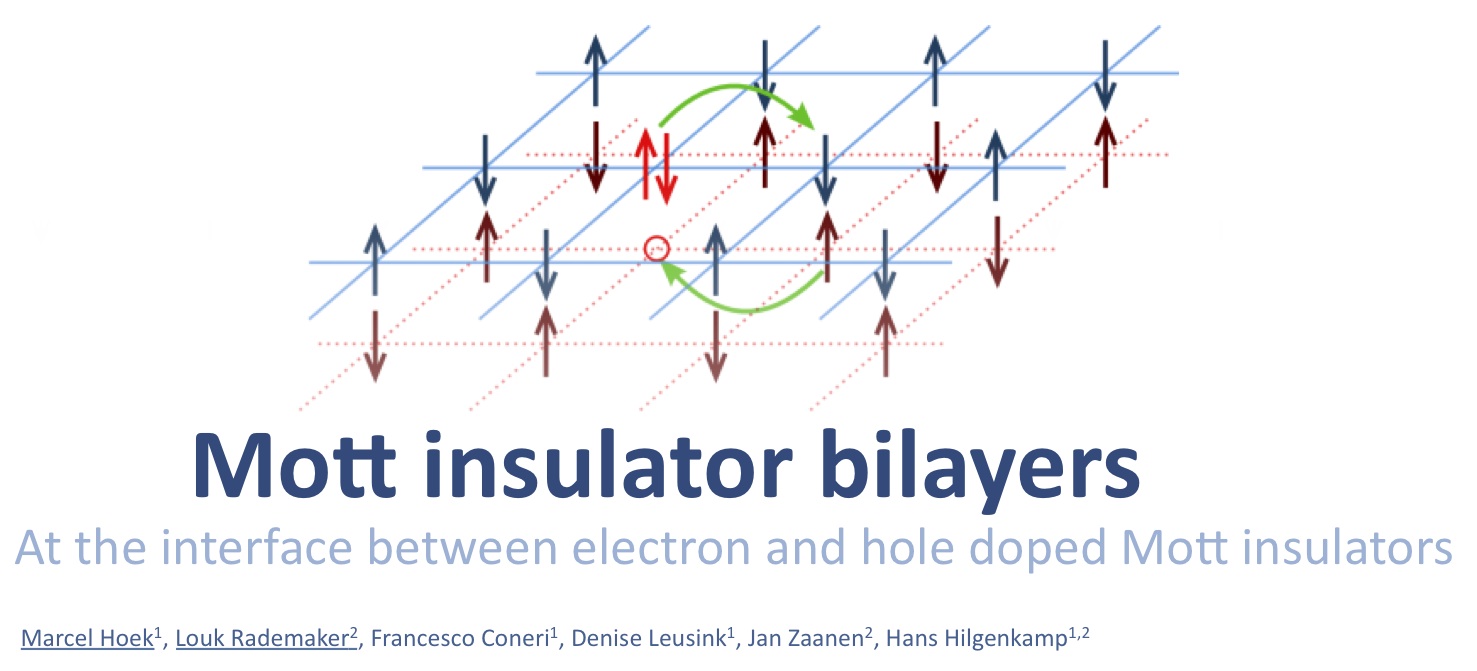This are the Powerpoint slides of a talk that I gave at the Washington University in St. Louis, and later at the Lorentz Institute, Leiden University, The Netherlands. The abstract was:
Glass, like ordinary window glass, is known for thousands of years, yet it lacks a universal physical description. We do know that unlike normal phases of matter – think of gas, liquid, solids – a glass cannot reach its state of lowest free energy. This is due to a loss of ergodicity, and can also happen in a many-electron system. Usually electron glasses are considered in the presence of disorder, yet last year it was shown that a group of clean organic crystals (known as theta-(BEDT-TTF)_2MM’-(SCN)_4 with M=Tl,Rb,Cs and M’=Co,Zn) also display glassy behavior. We will discuss those results, including the Arrhenius behavior of the relaxation time. After that, we will explain the self-generated glassy physics in terms of frustration arising from the triangular lattice and the Coulomb interaction between the electrons. Mean field theory, exact diagonalization and Monte Carlo simulations provide a quantitative picture of this particular clean electron glass.
Download the powerpoint file (6MB) here: Triangular Glasses



 At the
At the 


